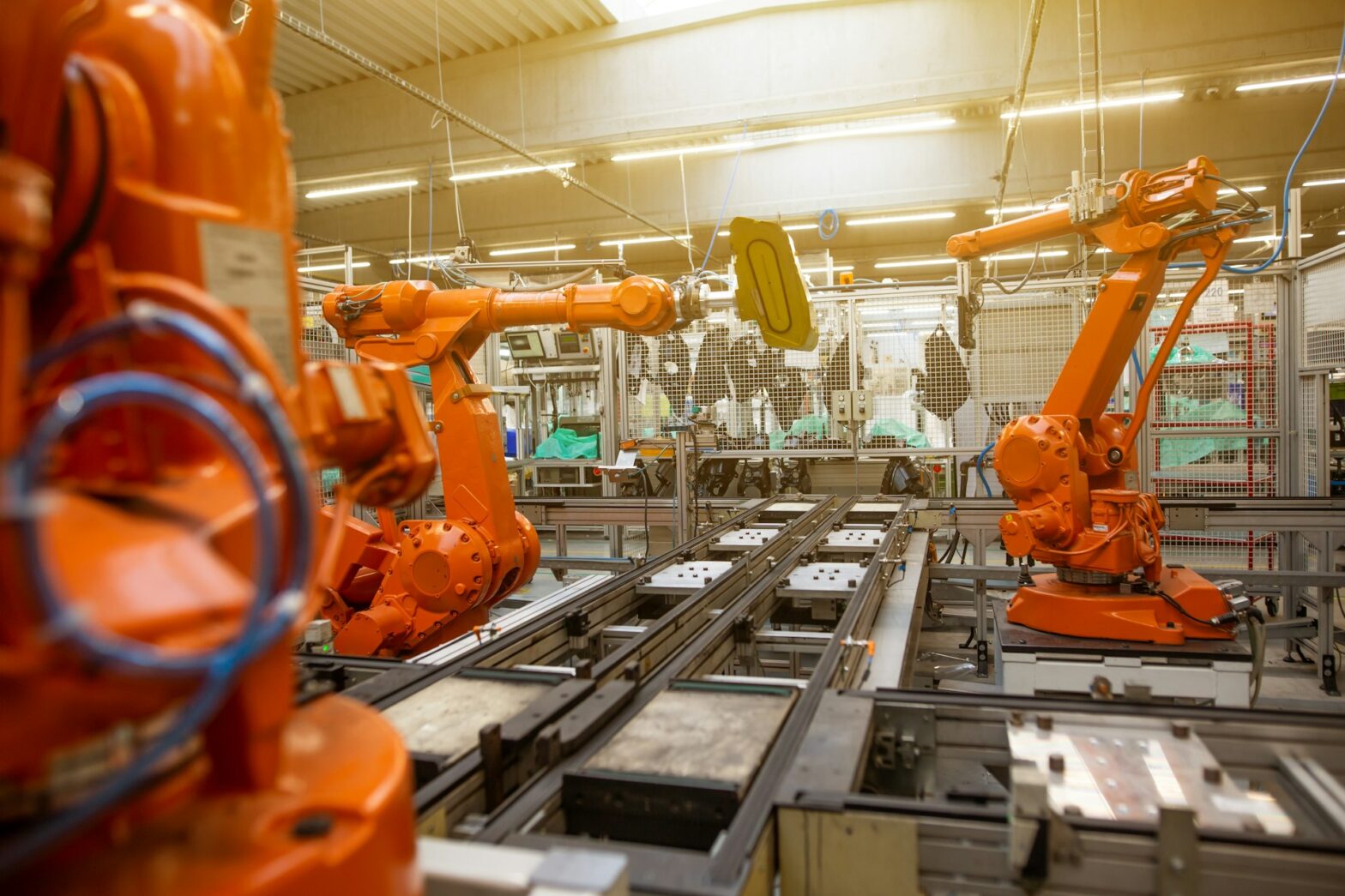Boost Productivity: High-Quality Tools for Commercial and Industrial Success
In today’s fast-paced commercial and industrial environments, having the right tools isn’t just an advantage—it’s essential. Whether you’re looking to streamline production, enhance safety, or boost your team’s productivity, investing in high-quality tools is a critical step. The difference between a standard piece of equipment and a high-performance tool can significantly impact your output and efficiency.
This article will discuss how specific tools designed for commercial and industrial use can transform your operations. From cutting-edge technology to durable machinery, each tool plays a pivotal role in ensuring your business operates at peak efficiency. Let’s explore some key tools that are game-changers in the industry.
Portable Plasma Cutter
A portable cutter is an indispensable tool for metalworkers seeking versatility and efficiency on the go. These compact units pack the same power as their larger counterparts but are designed for ease of transport and use in varied locations. What sets this cutter apart is its ability to cut through different types of metal, including stainless steel, aluminum, and copper, with precision and speed. This flexibility is crucial for professionals working across multiple sites or who need to make quick, accurate cuts onsite.
A Modern portable plasma cutter also features user-friendly interfaces that simplify the cutting process. Adjustments can be made easily, allowing operators to switch between different materials and thicknesses without hassle. Additionally, innovations in technology have led to models that produce less noise and debris, enhancing the work environment and reducing cleanup time.
With a portable plasma cutter, metalworking professionals can achieve high-quality cuts wherever the job takes them, making it a smart investment for enhancing field operations.
3D Printers for Prototyping
3D printers have revolutionized prototyping within various industries. These devices allow you to create detailed parts and models from digital designs, dramatically speeding up the development process of new products. The ability to rapidly prototype with a 3D printer helps companies innovate faster, test more thoroughly, and bring products to market more quickly than ever before.
Using a 3D printer, teams can identify design flaws early and make adjustments without the high costs associated with traditional manufacturing methods. This tool is not just about speed; it’s about smarter, more efficient development that can push your business ahead of the competition.
Industrial Robots
Industrial robots have become integral to automating repetitive tasks, particularly manufacturing and assembly lines. These robots improve precision and consistency, significantly reducing errors and enhancing product quality. With the ability to operate continuously without fatigue, industrial robots can also handle tasks dangerous for human workers, improving workplace safety.
Implementing robots can be a substantial initial investment, but the long-term benefits of increased production speeds and reduced labor costs make them a wise choice for businesses looking to scale operations and maintain high standards.
High-Performance Computing Systems
High-performance computing systems are critical for businesses that rely on data analysis, complex simulations, or extensive research and development. These powerful systems can process vast amounts of data at unattainable speeds with standard computers, providing real-time insights and results.
Whether it’s for improving logistics, streamlining supply chains, or developing new materials, high-performance computing can provide the computational power to tackle these challenges efficiently. This tool is particularly valuable in industries like finance, engineering, and biotechnology, where speed and accuracy are paramount.
Automated Material Handling Systems
Automated material handling systems are vital in warehouses and manufacturing environments to streamline the flow of goods. These systems include conveyors, automated guided vehicles (AGVs), and robotic picking systems. By automating the transport and sorting of materials, these tools reduce labor costs, minimize errors, and speed up processing times.
The efficiency of an automated system allows businesses to handle larger volumes of material with greater accuracy, ensuring products are moved safely and swiftly through the supply chain. This can lead to improved customer satisfaction due to faster delivery times and lower operational costs.
Thermal Imaging Cameras
Thermal imaging cameras are essential tools for preventive maintenance and safety in industrial settings. They can detect heat signatures associated with high electrical resistance, poor airflow, or insulation leaks, often before these issues become visible or problematic.
Using thermal imaging, businesses can identify potential failures in electrical systems, mechanical components, and building structures. This allows for timely repairs that prevent interruptions and accidents. This tool is invaluable for maintaining high safety standards and ensuring continuous operation.
Conclusion
We hope this overview has clarified which tools are essential for elevating your business’s performance. Each tool mentioned boosts efficiency and enhances quality and safety, paving the way for your business to thrive.
Tip: Remember, staying updated with the latest technological advancements in your tools can significantly impact your productivity and success.

































